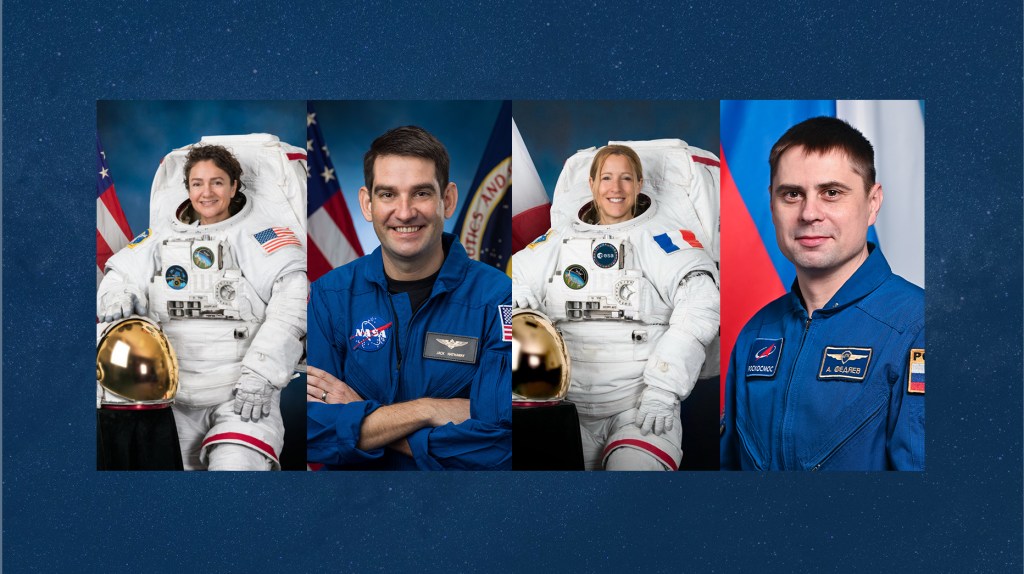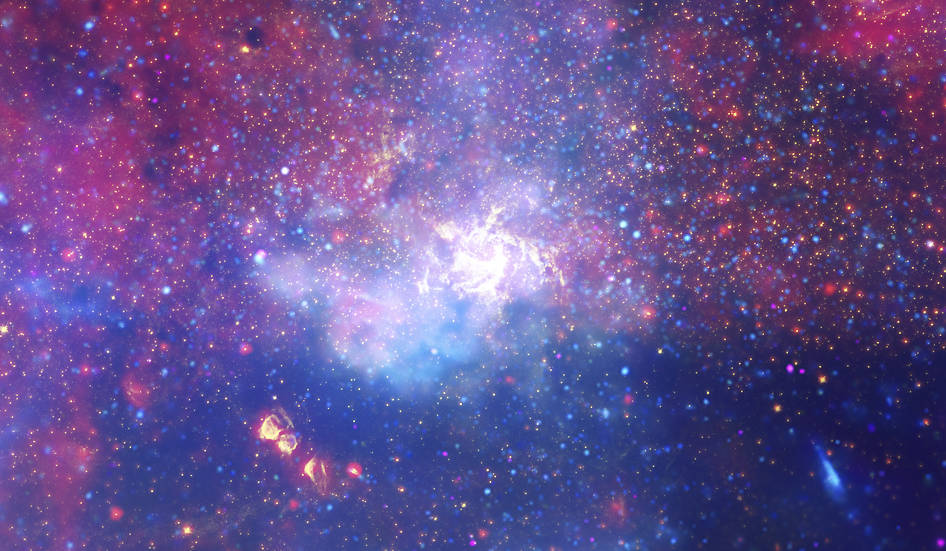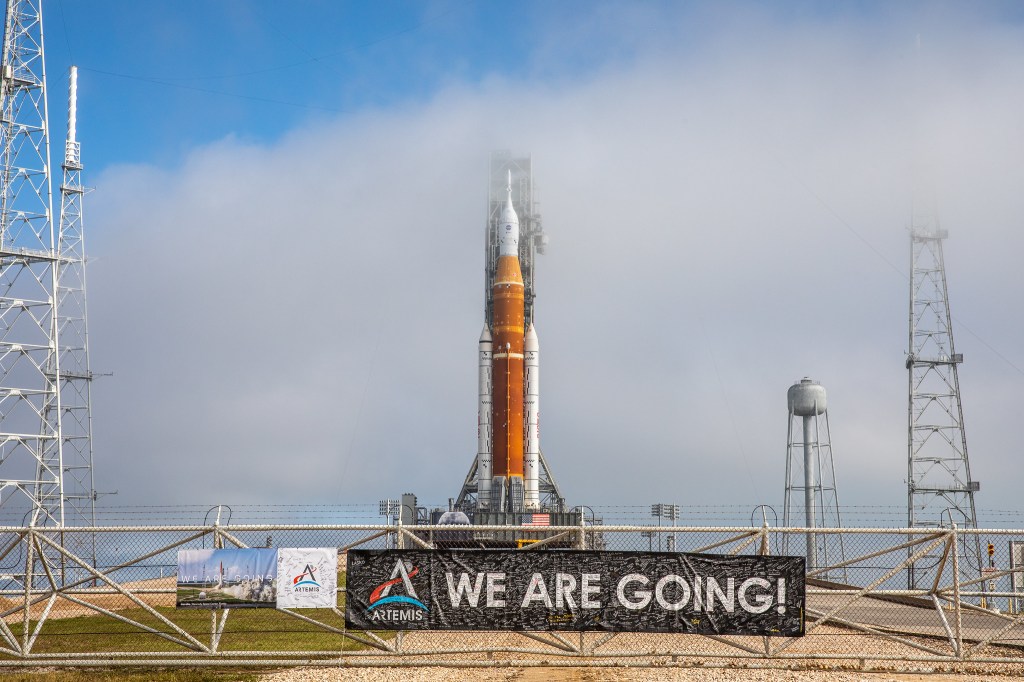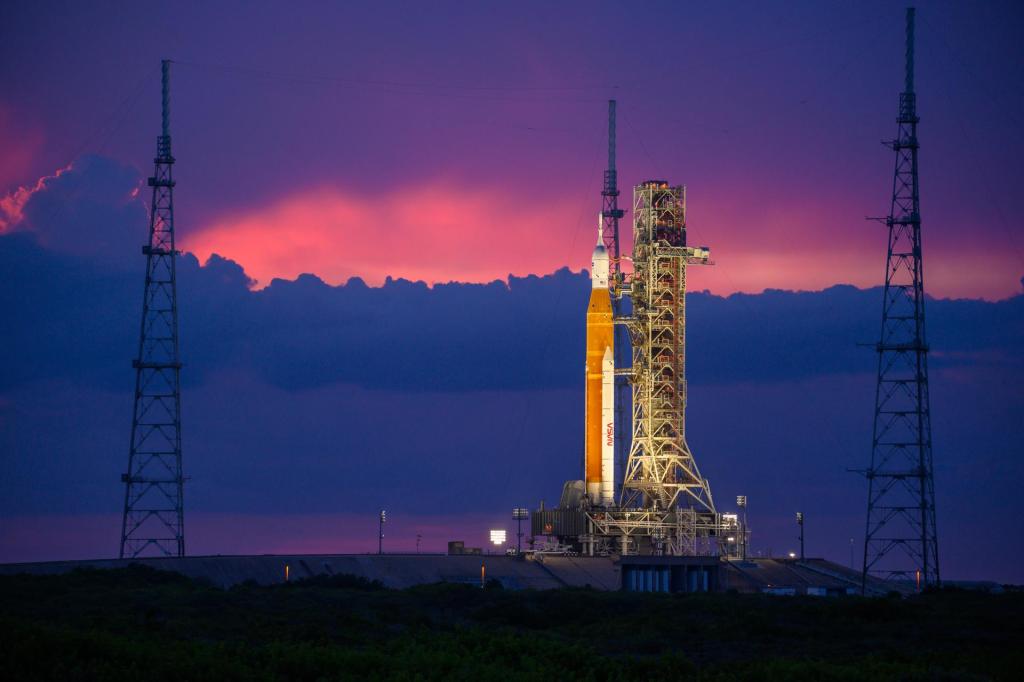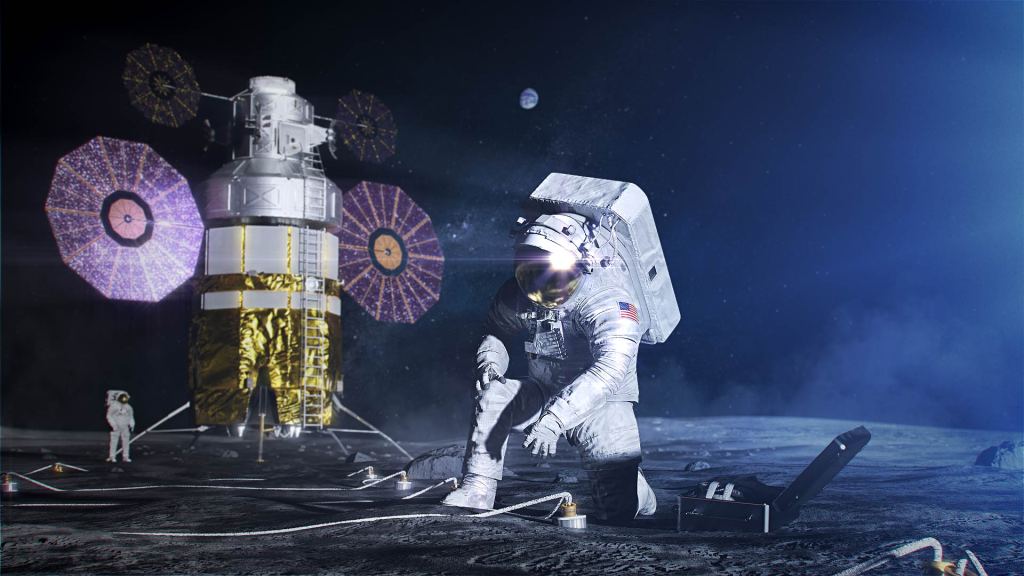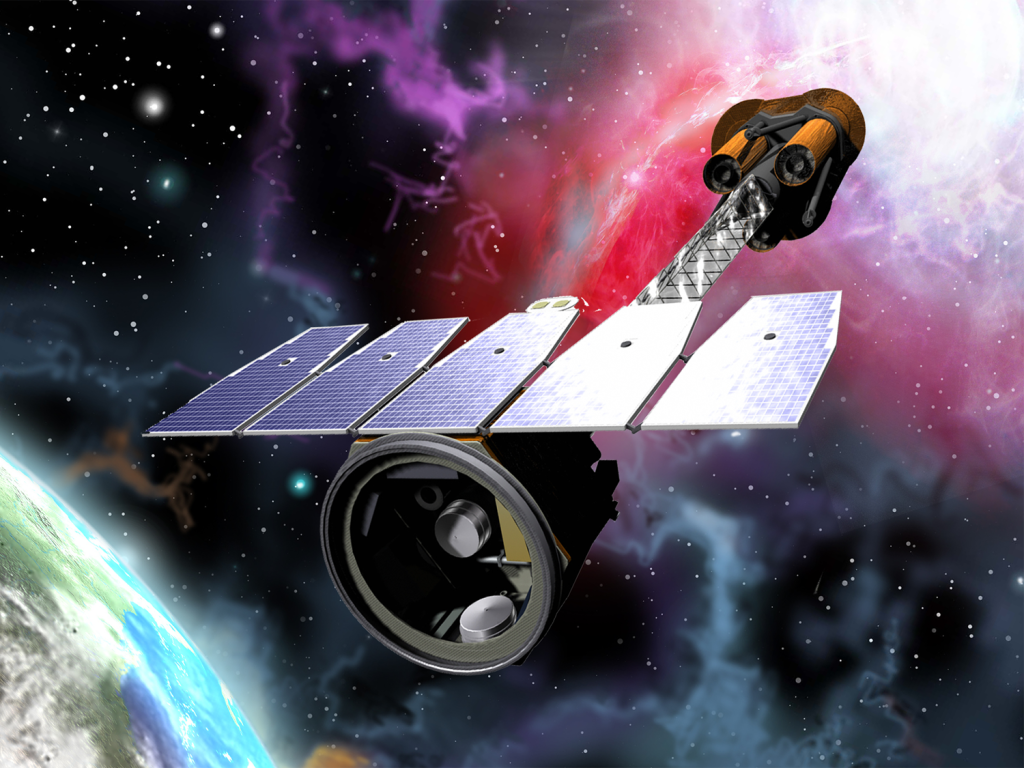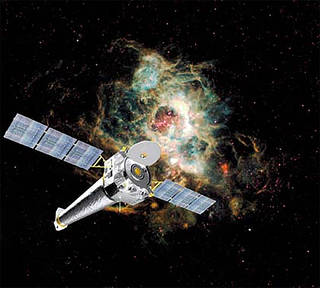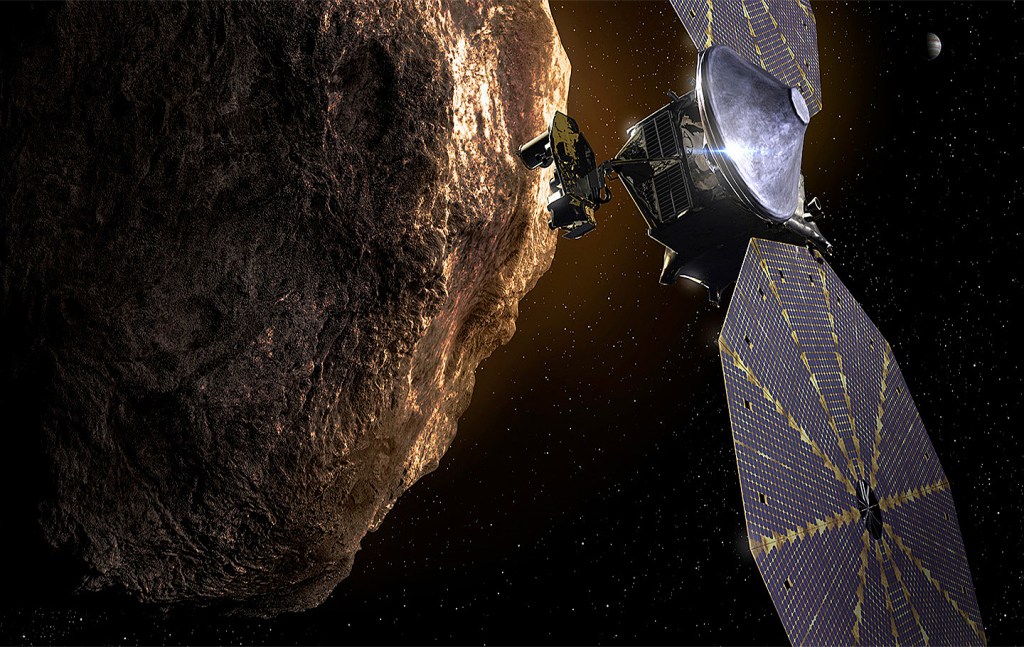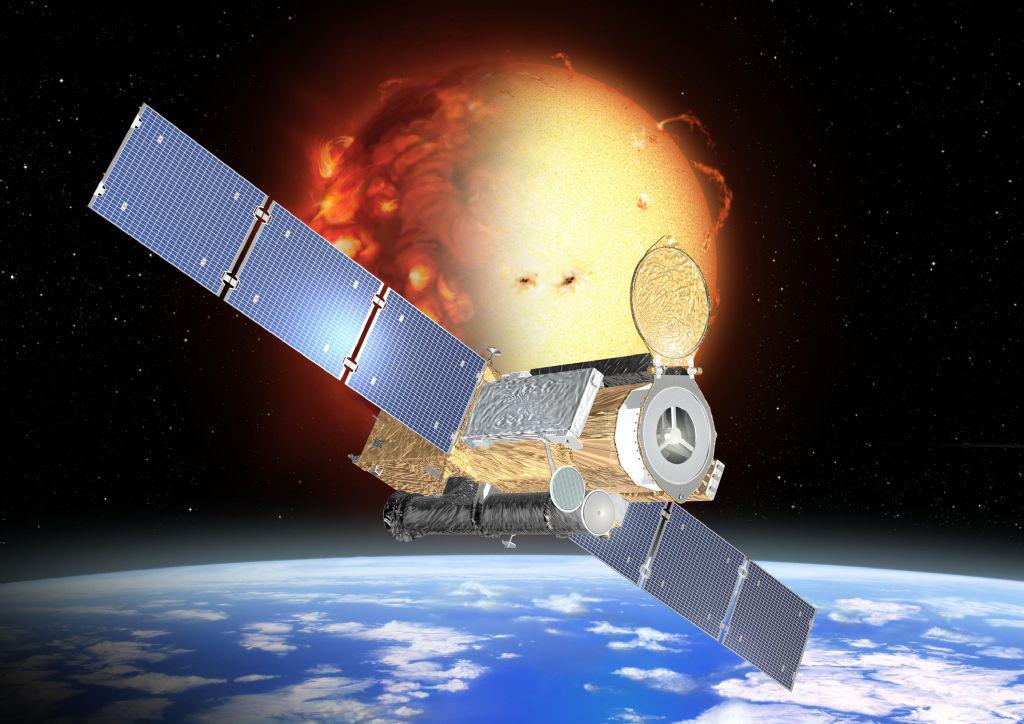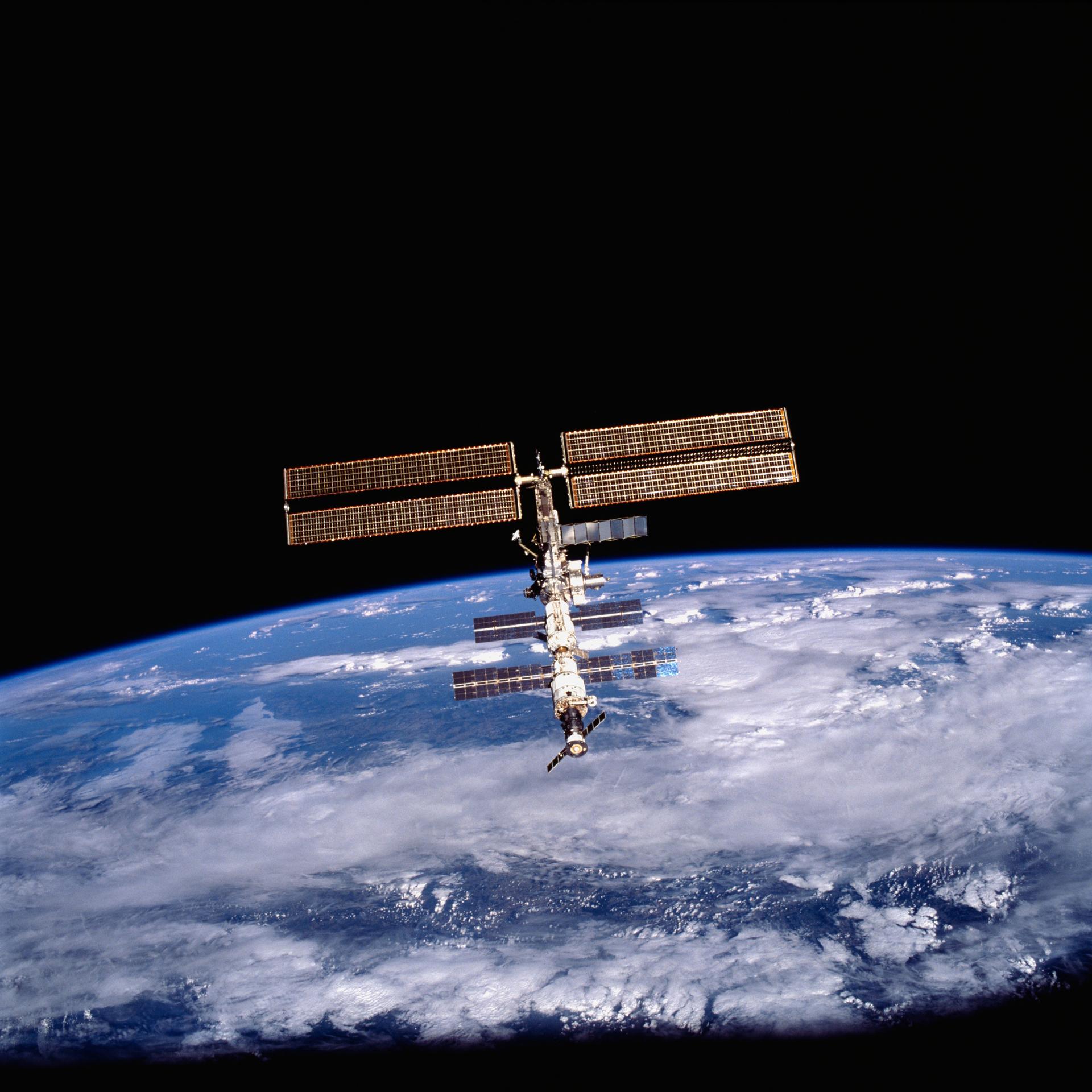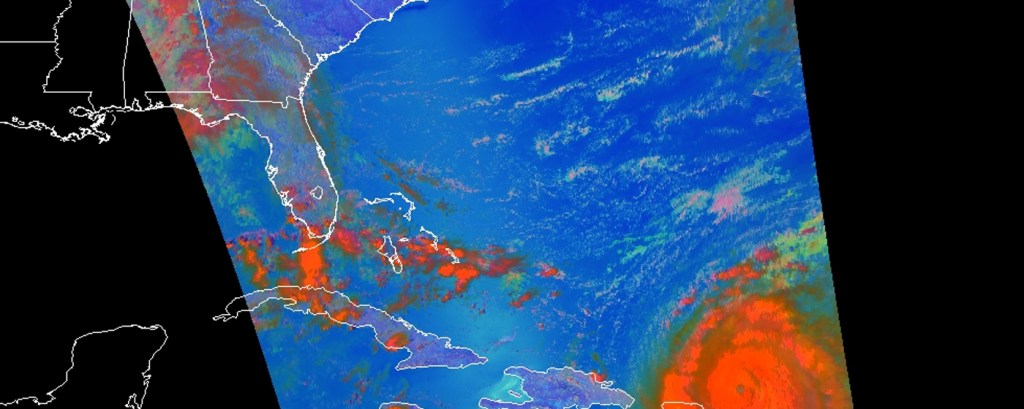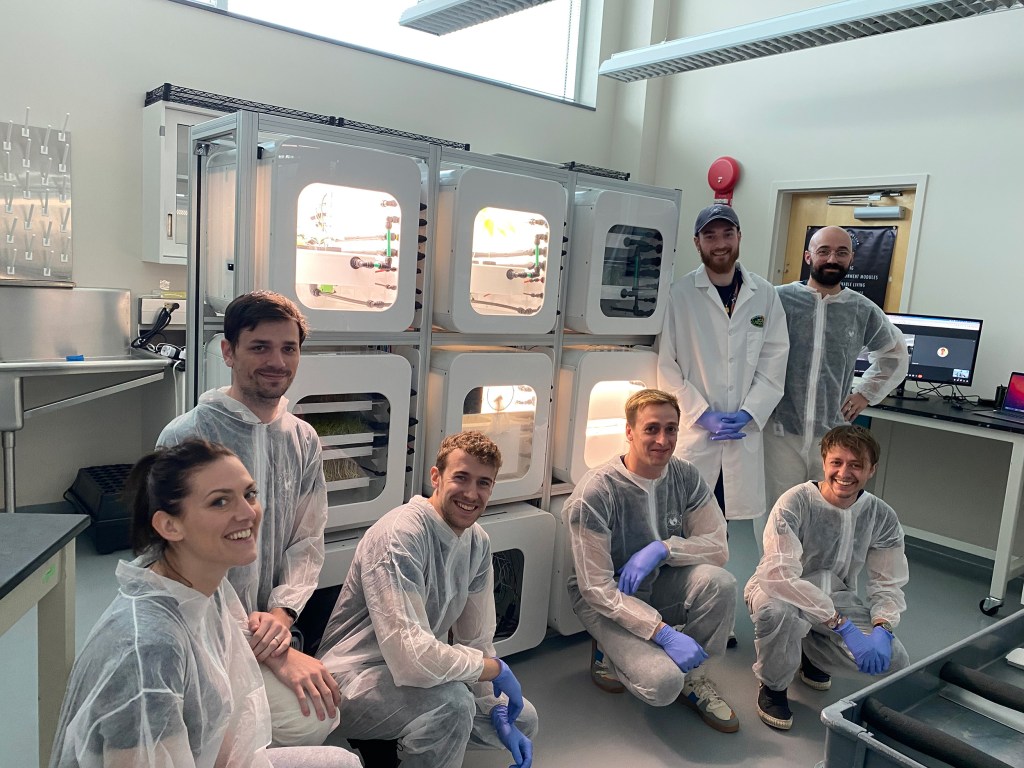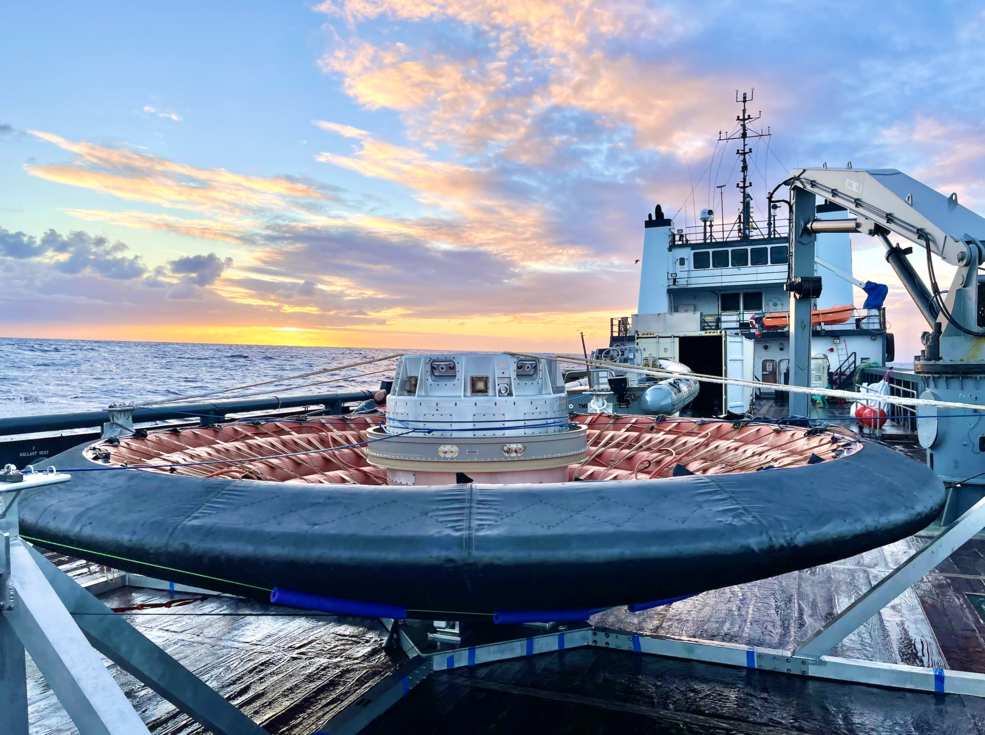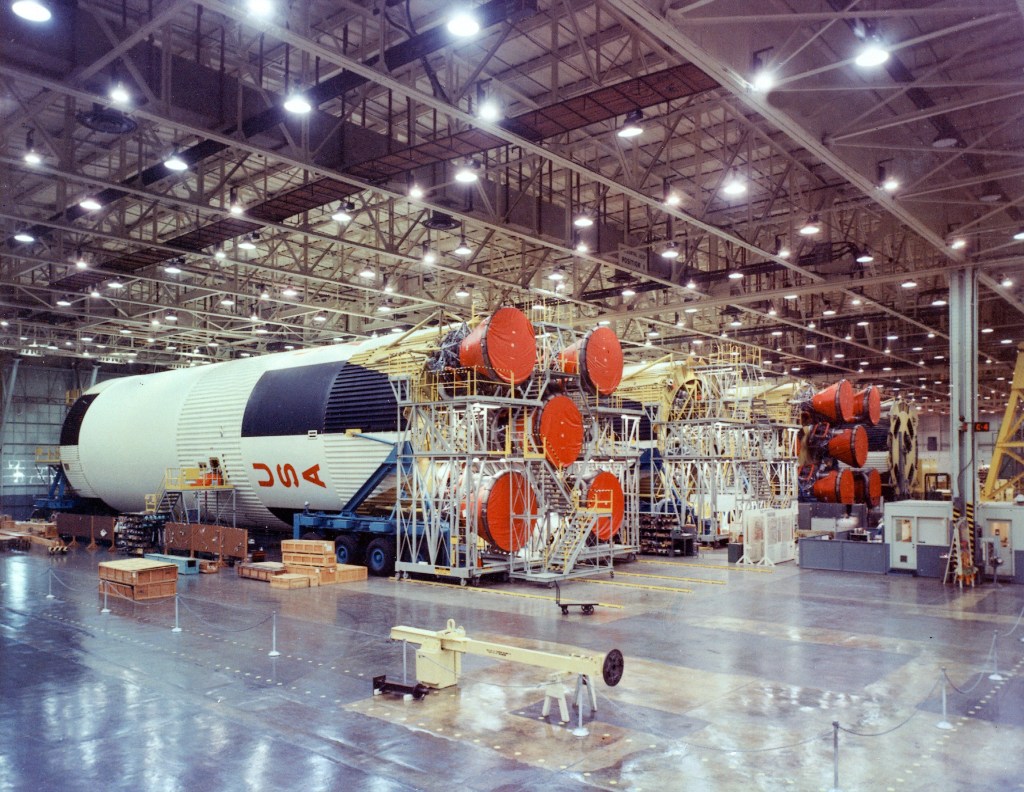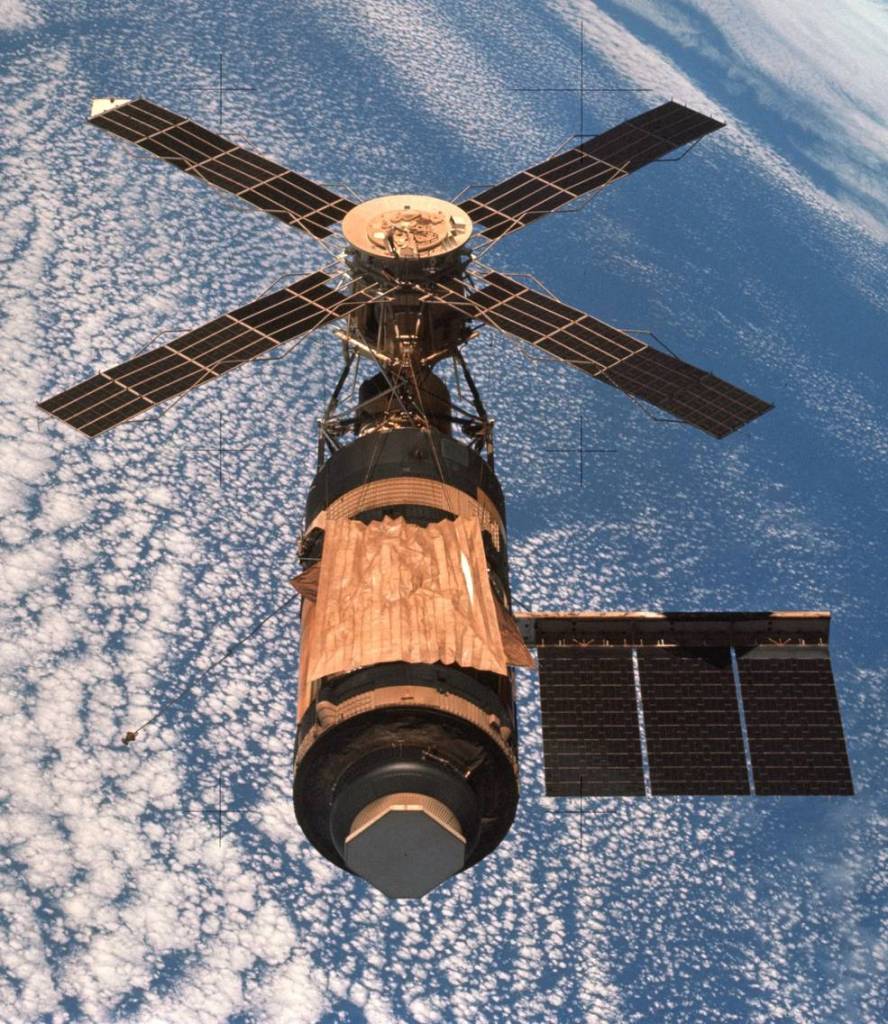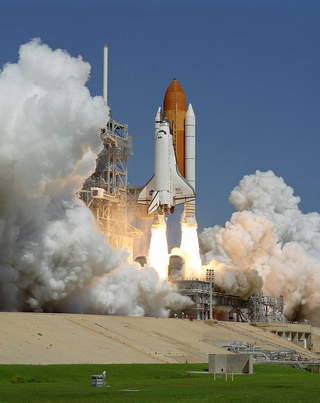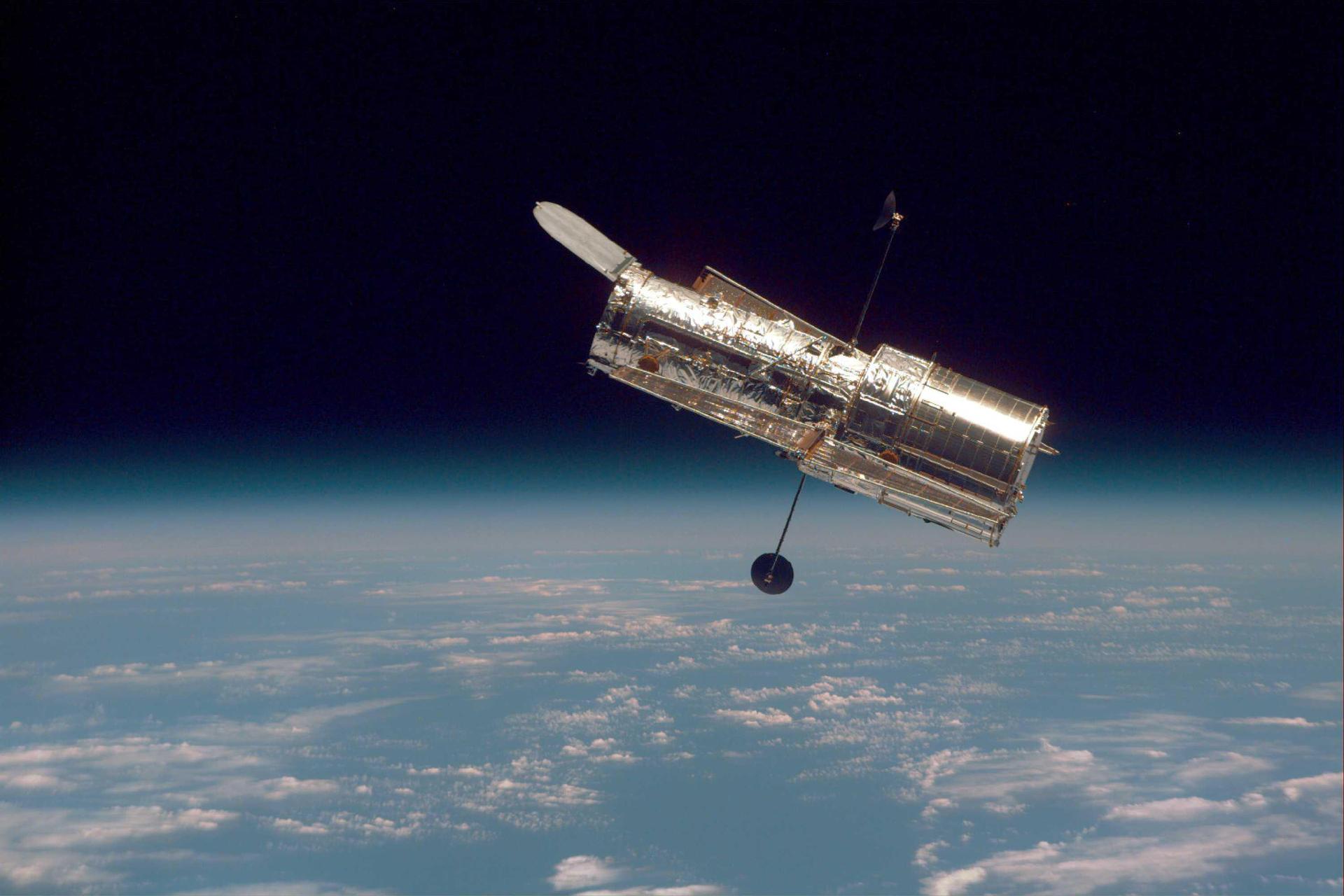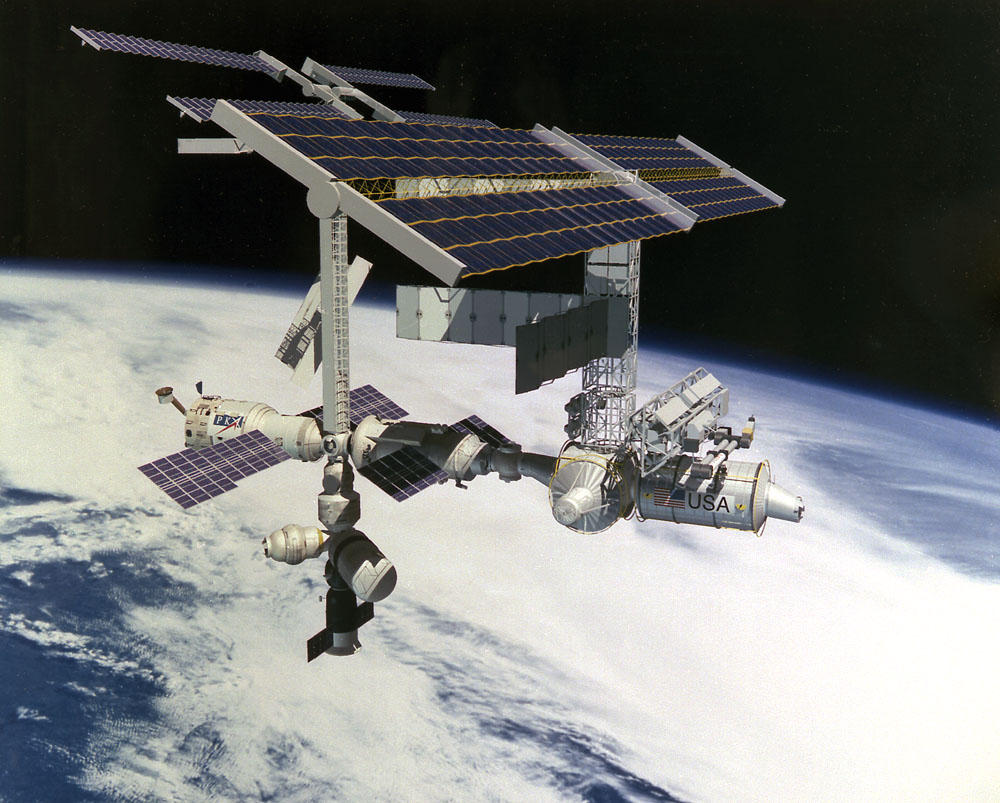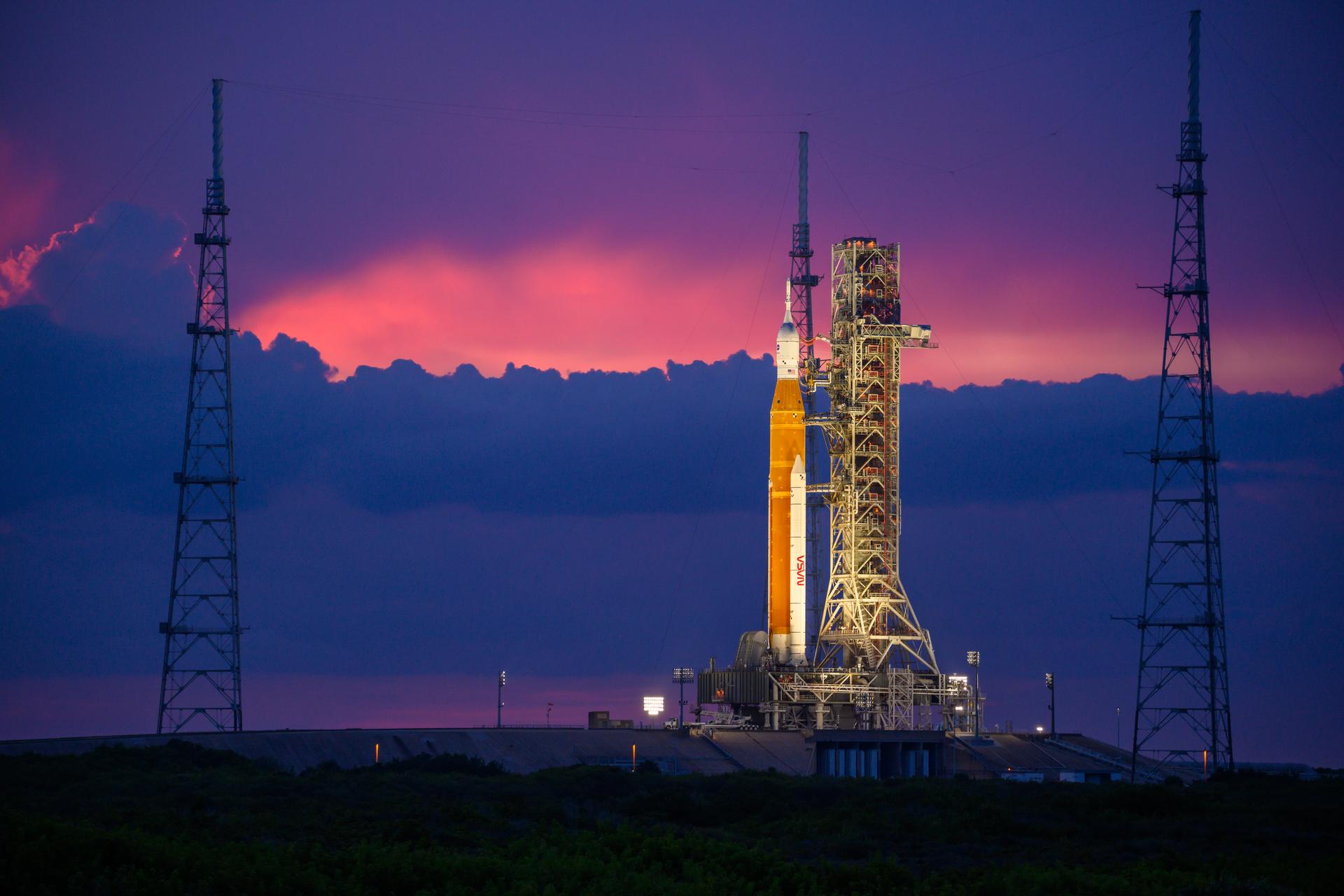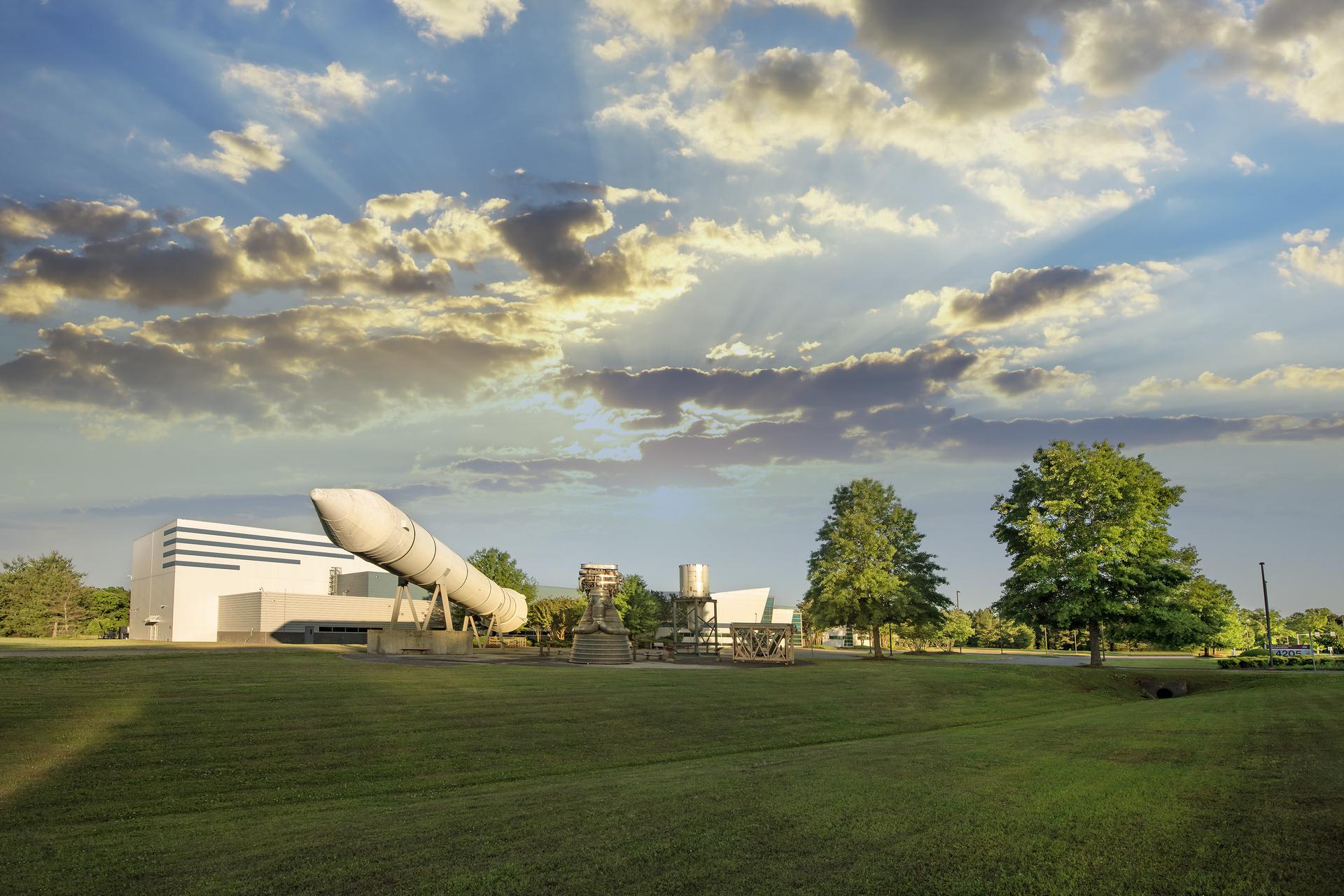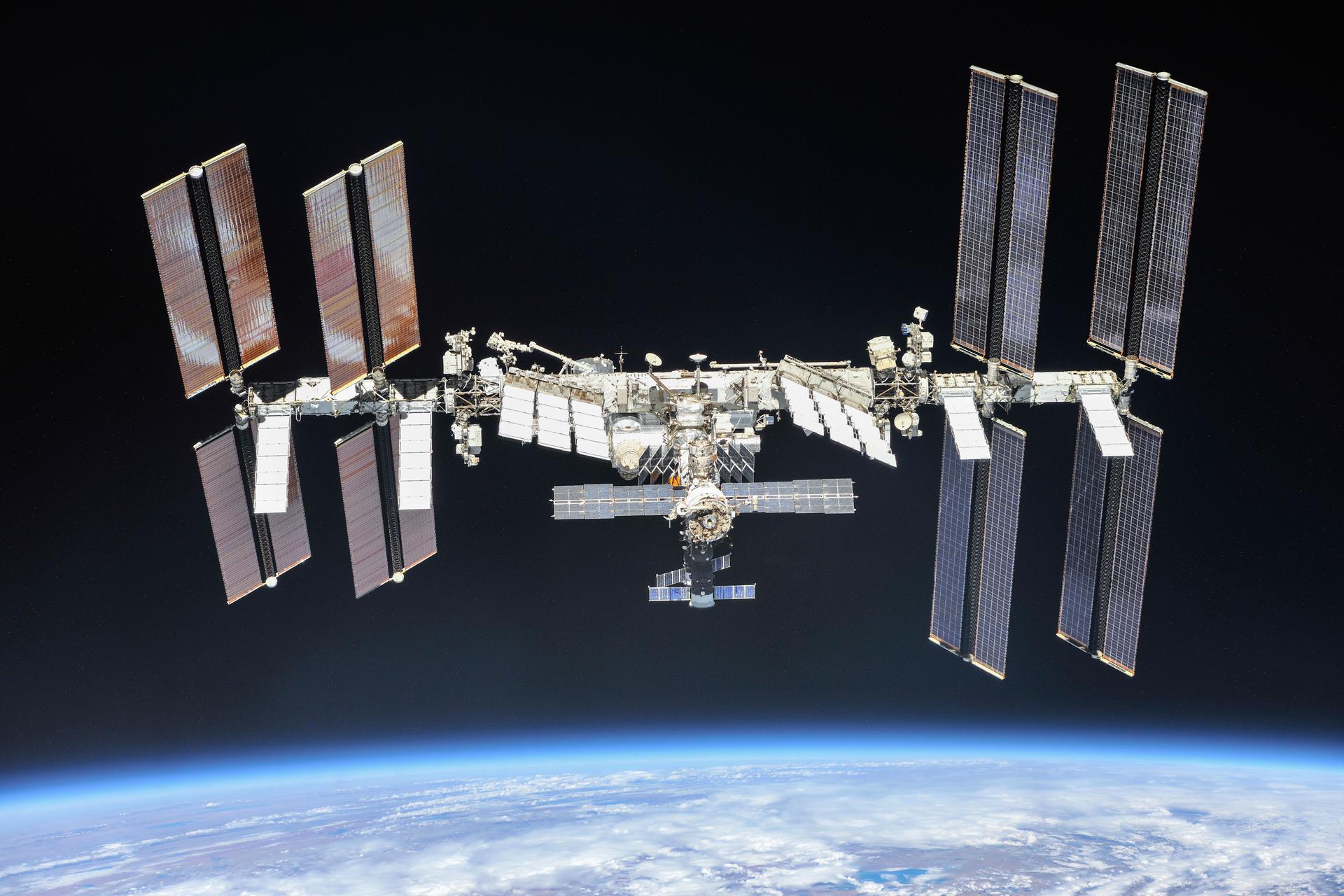Active Programs and Missions
The Marshall team is leading development of NASA’s Space Launch System — the most powerful rocket ever built — to carry human explorers, their equipment and science payloads deeper into space than ever before, to an asteroid and to Mars.
The center’s experience building elements of the International Space Station and managing the astronauts’ work on the growing number of science programs in orbit is advancing the technology and knowledge about living and working in space that are vital for deep-space missions and a journey to Mars.
Marshall is also developing safe, affordable space vehicles, telescopes, instruments and other systems that use the unique vantage point of space to look back at Earth and out into the universe. All these efforts increase understanding and create real benefits for life on Earth, while preparing the way for long-term, high-value research and discovery missions in deep space.
Active Marshall Programs and Missions
Past Missions
Marshall’s legacy in rocket engineering includes providing the Saturn rockets that powered Americans to the moon and the Lunar Roving Vehicle that aided exploration of the moon; managing the development of Skylab, America’s first space station; developing space shuttle propulsion systems and experiments, including Spacelab; building the Hubble Space Telescope and the Chandra X-ray Observatory; and building the International Space Station’s laboratory modules and experiment facilities and operating station science experiments.
In addition to these major programs, Marshall has built many smaller science experiments and conducts science in a variety of disciplines. Marshall’s expertise in building large space systems and unique interdisciplinary approach to problem solving brings scientific and engineering expertise together, providing answers that improve life on Earth and provide a foundation for deep space exploration.







